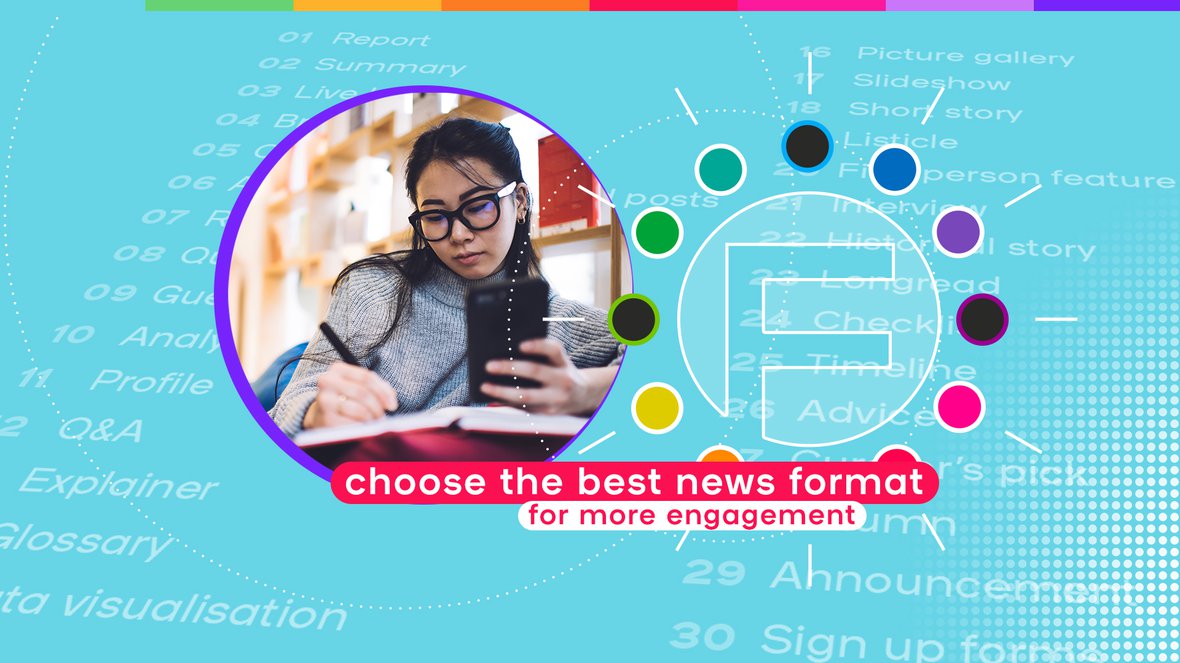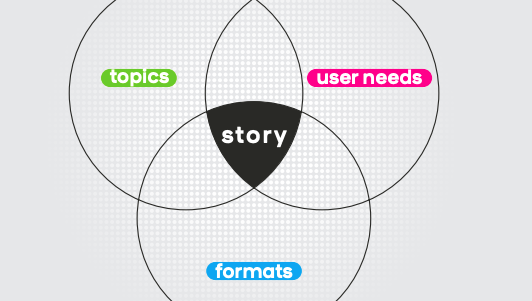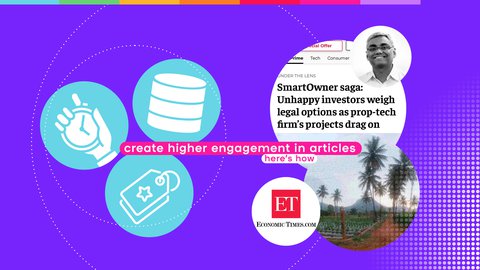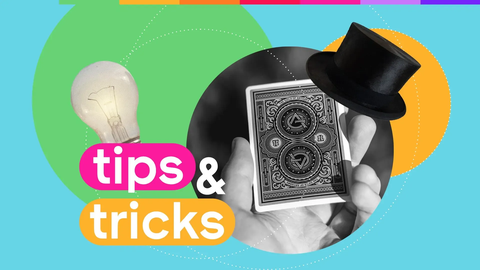We've already discussed user needs extensively on this site, so now’s the time to focus on one of the other aspects. And no, we won't delve deeply into topics. We think that the subject should primarily be determined by the journalist. You should know better than anyone what an important topic is for your visitors, what resonates with your target audience, and why it’s essential for them to read about X or Y.
So, assuming you know which topic you'll be tackling and which need you want to fulfill (know, understand, feel, or do), you should focus on the format.
What is a format?
A format encompasses various storytelling styles, such as news updates, explainers, features, interviews, investigations, analyses, opinion pieces, and profiles. A format primarily defines the structure and presentation of the text or item and is distinct from the angle.
For instance:
- You're writing a story about the wildfires in Greece. That's the topic.
- You want to know if tourists have a safe haven. That's the angle.
- You want to evoke emotions in the reader/visitor. That's the user need you’re addressing.
- The best way to achieve that is through a reportage format. That's the format.
What doesn't count as a format? Video. As we see it, it is not a format but rather a content type like audio, text, or images.
The Reuters Institute of Journalism states that by using certain formats, newsbrands could help themselves alleviate the problem of news avoidance – particularly concerning important but often disheartening topics like Ukraine and climate change. Publishers say they plan to counter news avoidance with explainer content (94%) or Q&A formats (87%). Formats are more than just a practical consideration - they could influence your strategy for generating higher engagement too.
Challenges in format execution
Editors face a few challenges when choosing a format:
- Sections or columns may already determine the format. Your organisation might have a daily section like "5 questions about" (Q&A format), which will still need to be filled in, for example. This can lead to a mere exercise in filling in the blanks - is this contributing to your newsroom’s authority, or becoming a box-checking exercise?
- Writing formats in particular can get mixed up. A news article may have elements of a report, or reactions that lean towards analysis. While it might feel more complete, the reader may become confused about the intended purpose of the piece.
- There's a tendency to rely on the same formats repeatedly. Can you list more than ten formats? There are certainly more, but you might be inclined to choose the same ones repeatedly.
To address these problems, smartocto has created a deck of helpful format cards. You can use them to better understand the power of each format and also as inspiration for creating more engaging content.
Here's an example of a format card:



